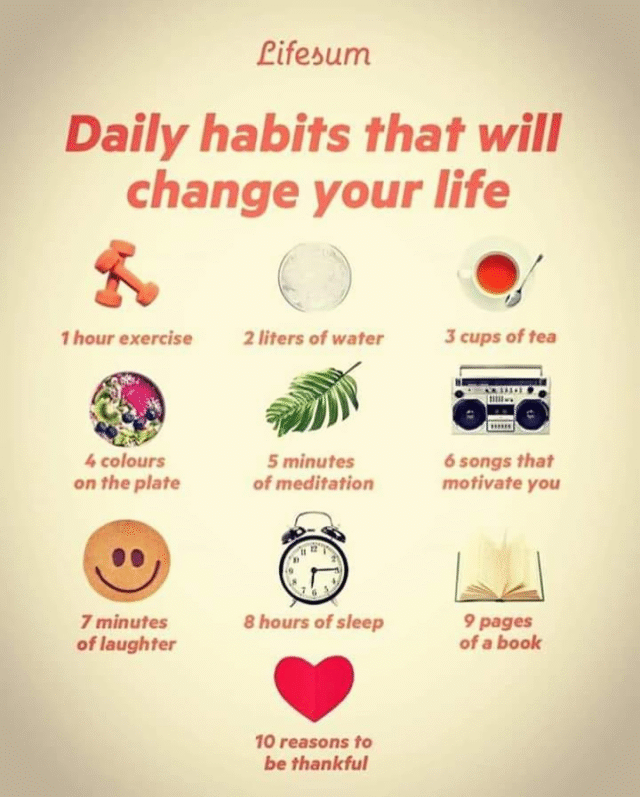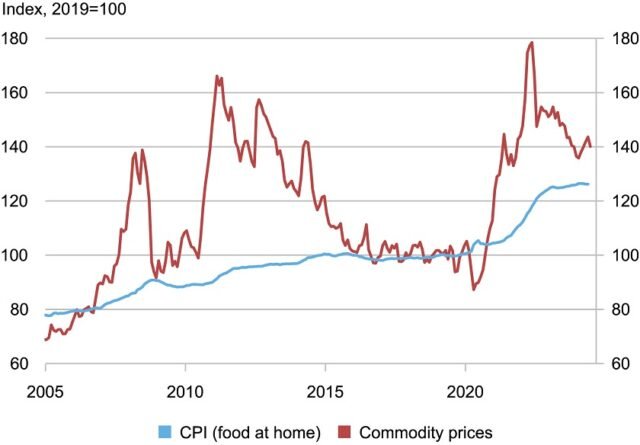7 Daily Habits That Can Transform Your Life in 2025
Sometimes, it’s the small changes we make every day that end up creating the biggest impact. Whether you’re trying to become more productive, healthier, or simply happier, building the right habits into your routine can completely shift your lifestyle.
As we move through 2025—a year full of fast-paced changes and constant digital distraction—it’s more important than ever to refocus on personal growth. Here are seven powerful yet simple daily habits that can help transform your life over time.
1. Start Your Day Without Your Phone
It might be tempting to scroll through social media or check emails the moment you wake up, but this can flood your brain with stress and distraction before the day even begins. Instead, give yourself 30 minutes of screen-free time in the morning. Use that time to stretch, breathe, or simply sit with your thoughts. It sets a calm tone for the rest of the day.
2. Drink a Glass of Water First Thing
After 6–8 hours of sleep, your body is naturally dehydrated. Drinking water first thing helps kickstart your metabolism, flush out toxins, and boost energy. Add a slice of lemon for extra benefits—it’s rich in vitamin C and aids digestion.
3. Practice Gratitude
Gratitude journaling takes just a few minutes a day, but its effects can be life-changing. Jotting down three things you’re thankful for daily helps shift your mindset away from negativity and toward abundance. Over time, it rewires your brain for happiness.
4. Move Your Body—Even for 10 Minutes
You don’t need a full workout every day. A brisk walk, stretching, yoga, or even dancing around your room can elevate your mood, improve circulation, and reduce anxiety. The key is consistency, not intensity.
5. Read Something That Inspires You
Reading even 5–10 pages of a good book, a motivational article, or listening to a podcast can feed your mind with positive and inspiring thoughts. Choose content that aligns with your goals and values, whether it’s self-help, finance, or personal growth.
6. Set 3 Daily Intentions
Rather than juggling a massive to-do list, focus on just three important tasks each day. Ask yourself: What are the three things I must accomplish today? This keeps you focused, productive, and less overwhelmed. Completing them gives you a sense of achievement.
7. Disconnect to Reconnect
At least an hour before bedtime, step away from screens. The blue light from devices disrupts sleep, and endless scrolling affects mental peace. Use this time to reflect, journal, or enjoy a hobby. A good night’s sleep begins with a relaxed mind.
Why Habits Matter More Than Motivation
It’s easy to wait for motivation to strike, but in reality, habits are what shape your future. Motivation fades, but systems stick. When you commit to small daily actions, they compound over time to produce lasting change.
Final Thoughts
You don’t need to overhaul your life in one day. Start small. Pick one or two habits from this list and stick to them for a week. Then add more as you go. By the end of the year, you’ll look back and be amazed at how far you’ve come.
In 2025, let daily discipline—not random motivation—be the foundation of your personal transformation.










